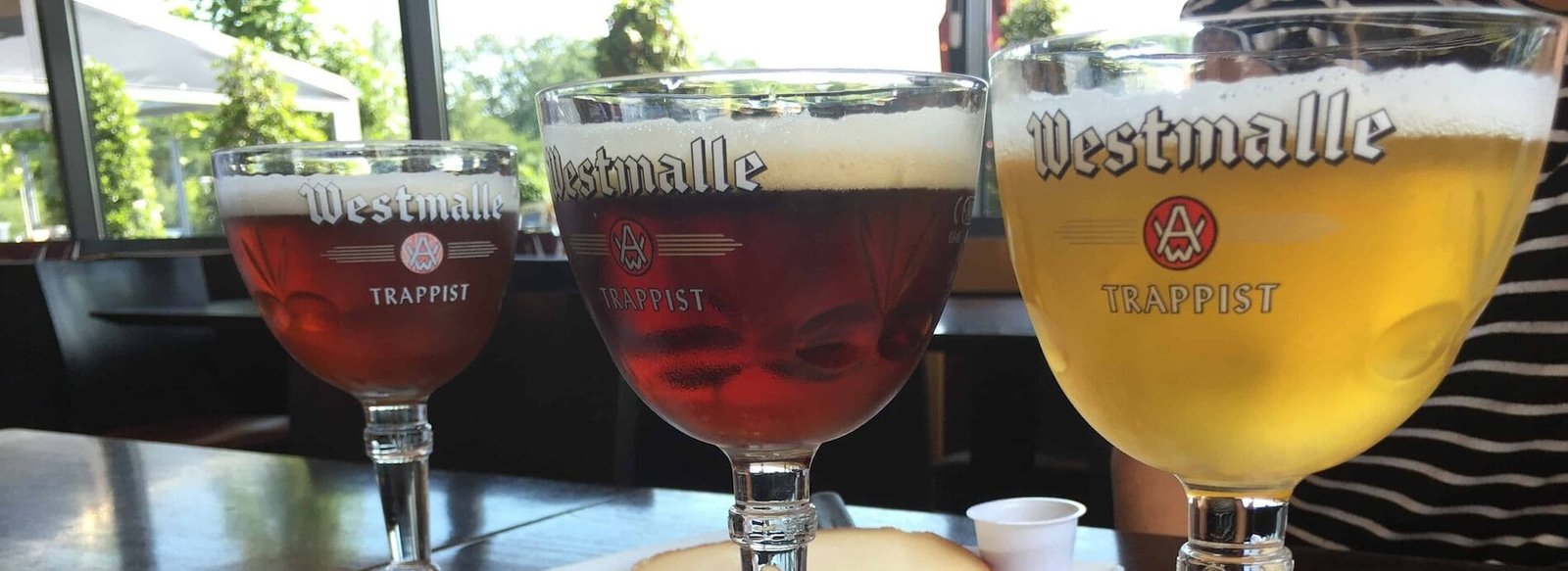Gueuze, a sparkling and complex beer from Belgium, is often celebrated for its unique flavor profile and effervescent character. This traditional beverage is not brewed in the conventional sense; rather, it is a product of a meticulous blending process that combines young and old lambic beers. To truly appreciate Gueuze, one must delve into the intricacies of this blending process, exploring the techniques, ingredients, and cultural significance that define this remarkable brew.
The Essence of Lambic
Before understanding Gueuze, it is essential to grasp the foundation of lambic beer. Lambic is a spontaneously fermented beer that originates from the Brussels region of Belgium. Unlike most beers that rely on cultivated yeast strains, lambic fermentation occurs through exposure to wild yeast and bacteria present in the environment. This natural fermentation process can take place in open-air coolships, where the wort cools and is inoculated with wild microorganisms from the air.
The result is a beer that is often tart, funky, and complex. Lambics can be aged for several years, developing a range of flavors that include sourness, fruitiness, and earthy notes. While some lambics are bottled and enjoyed on their own, others are used as the base for Gueuze.
The Blending Process
The art of blending is where the magic of Gueuze truly unfolds. A Gueuze is typically made by combining young lambic (usually aged for one year) with older lambic (aged for two to three years or more). This blending process is crucial, as it balances the fresh, vibrant characteristics of the young lambic with the depth and complexity of the older version.
1. Selection of Lambics
The first step in the blending process is the selection of lambics. Brewers carefully choose the lambics based on their flavor profiles, acidity levels, and overall characteristics. Each lambic has its unique personality, influenced by factors such as the ingredients used, the fermentation conditions, and the duration of aging. The brewer’s skill lies in understanding how these different lambics will interact when blended.
2. Proportions
Once the lambics are selected, the brewer must determine the proportions for the blend. This is a delicate balancing act, as the goal is to create a harmonious beer that showcases the best attributes of both the young and old lambics. The proportions can vary widely, with some blends containing a higher percentage of young lambic for a more vibrant character, while others may lean towards older lambic for a more complex and mature flavor.
3. Tasting and Adjustments
After blending, the brewer conducts tastings to assess the beer’s flavor profile. This step is crucial, as it allows the brewer to make adjustments if necessary. If the blend is too sour, for example, the brewer may choose to add more young lambic to enhance the fruitiness and reduce the acidity. Conversely, if the blend lacks depth, additional older lambic may be incorporated.
4. Secondary Fermentation
Once the final blend is determined, the Gueuze undergoes a secondary fermentation in the bottle. This process is essential for developing the characteristic carbonation and complexity of Gueuze. During this stage, the residual sugars from the blend are fermented by any remaining yeast, producing carbon dioxide and creating the beer’s signature effervescence.
5. Aging and Maturation
After bottling, Gueuze is typically aged for several months before it is released. This aging period allows the flavors to meld and mature, resulting in a more integrated and refined beer. The final product is a sparkling, lively beer with a complex flavor profile that often includes notes of citrus, green apple, and subtle funk.
The Role of Terroir
One of the fascinating aspects of Gueuze is the influence of terroir, a term often associated with wine but equally applicable to beer. The concept of terroir refers to the unique environmental factors that affect the characteristics of a product, including soil, climate, and local microorganisms. In the case of Gueuze, the wild yeast and bacteria present in the Brussels region play a significant role in shaping the flavor profile of the lambics used in the blend.
The specific strains of yeast and bacteria found in the area contribute to the distinctive sourness and complexity of Gueuze. Additionally, the ingredients used in the brewing process, such as the type of malt and hops, can also vary based on local availability and tradition. This connection to place adds an extra layer of depth to the appreciation of Gueuze, as each brewer’s interpretation reflects their unique environment and brewing philosophy.
Cultural Significance
Gueuze is not merely a beverage; it is a cultural artifact that embodies the rich brewing heritage of Belgium. The tradition of blending lambics has been passed down through generations, with many breweries adhering to time-honored techniques while also embracing innovation. Gueuze is often enjoyed in social settings, whether in a cozy café or at a festive gathering, where its effervescence and complexity can be savored and shared.
In recent years, Gueuze has gained international recognition, attracting beer enthusiasts and connoisseurs from around the world. This growing interest has led to a resurgence of traditional brewing practices and a renewed appreciation for the craftsmanship involved in creating this unique beer. Many breweries are now experimenting with different fruit additions, barrel aging, and other techniques to create innovative variations of Gueuze, while still respecting the traditional methods that define the style.
Understanding Gueuze: The Blending Process in Belgian Brewing
Understanding Gueuze requires an appreciation for the artistry of blending and the cultural significance of this remarkable beer. The blending process is a delicate dance that balances the vibrant characteristics of young lambic with the complexity of older versions, resulting in a sparkling beverage that is both refreshing and thought-provoking. As you explore the world of Gueuze, take a moment to consider the craftsmanship, tradition, and terroir that shape each bottle. Whether you are a seasoned beer enthusiast or a curious newcomer, Gueuze offers a unique experience that invites exploration and enjoyment.

